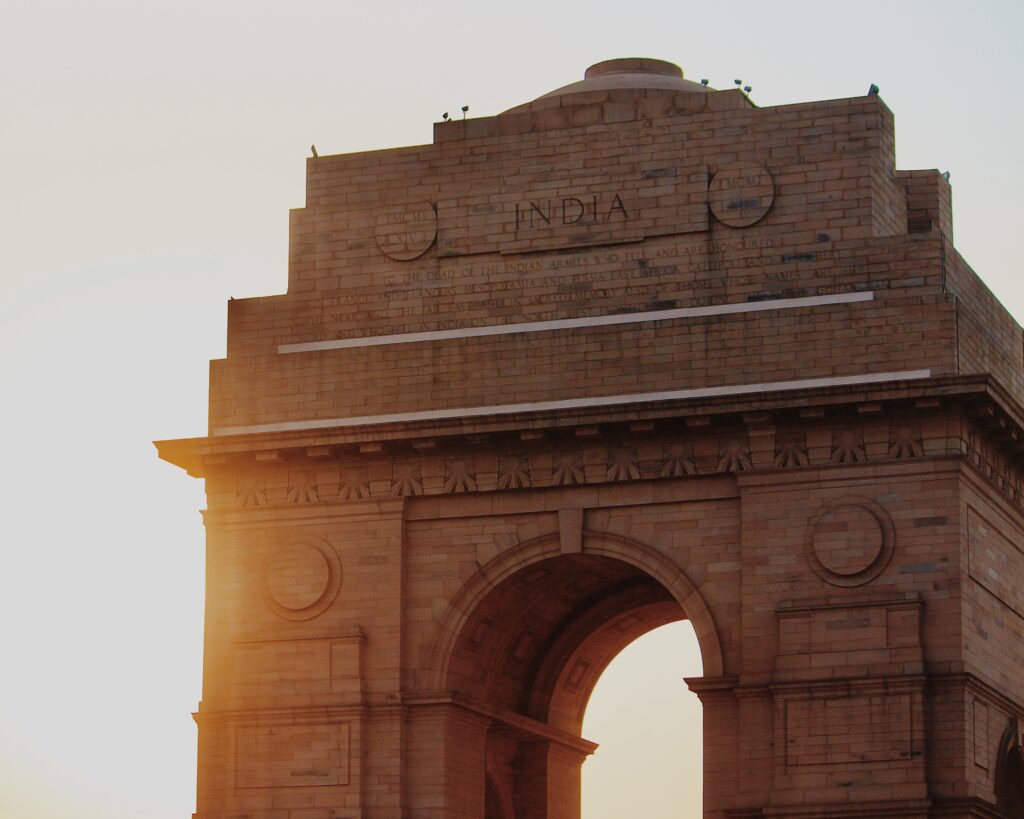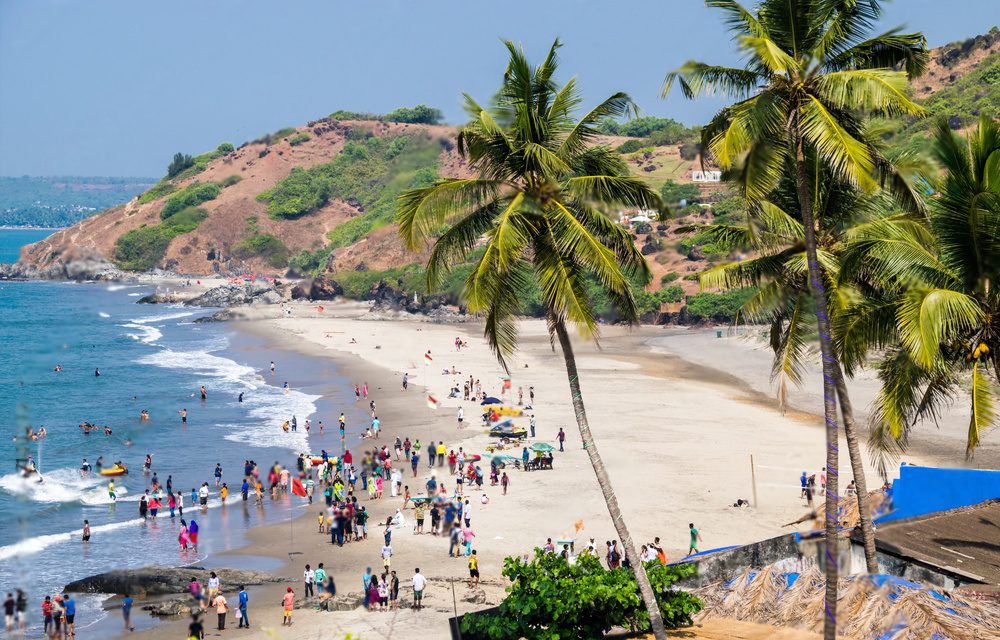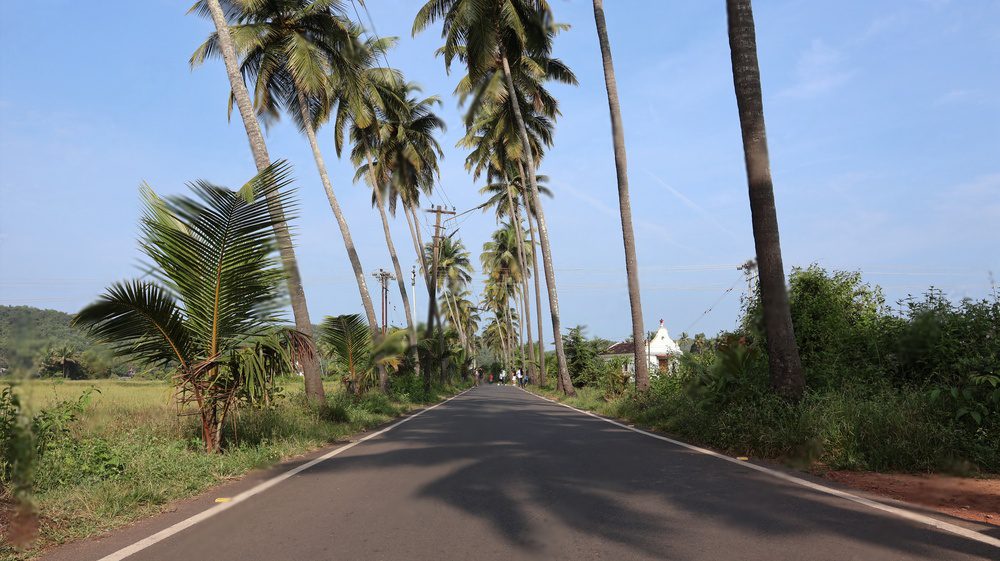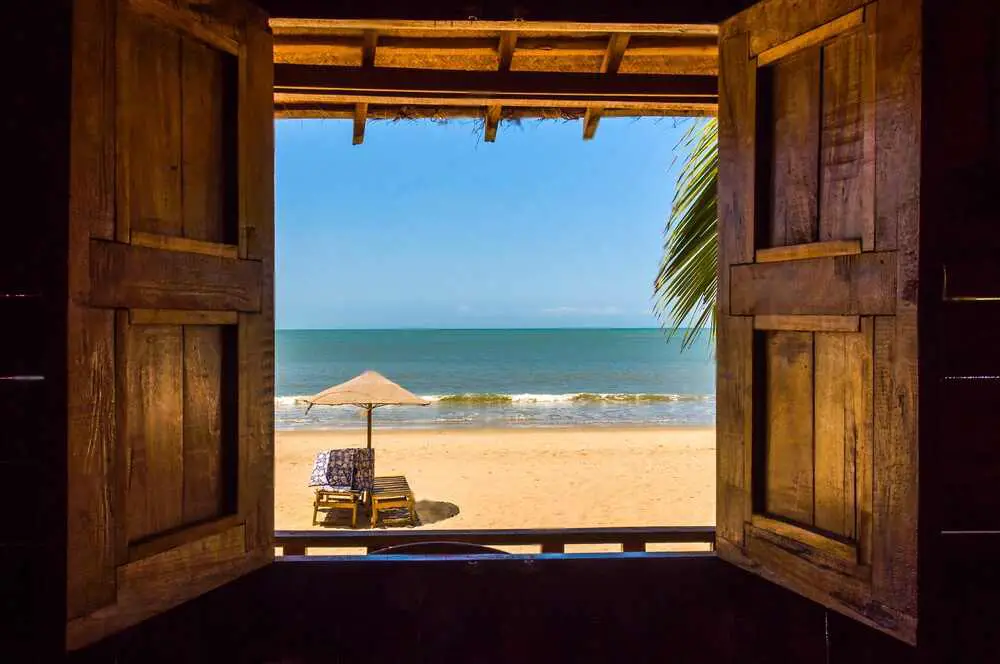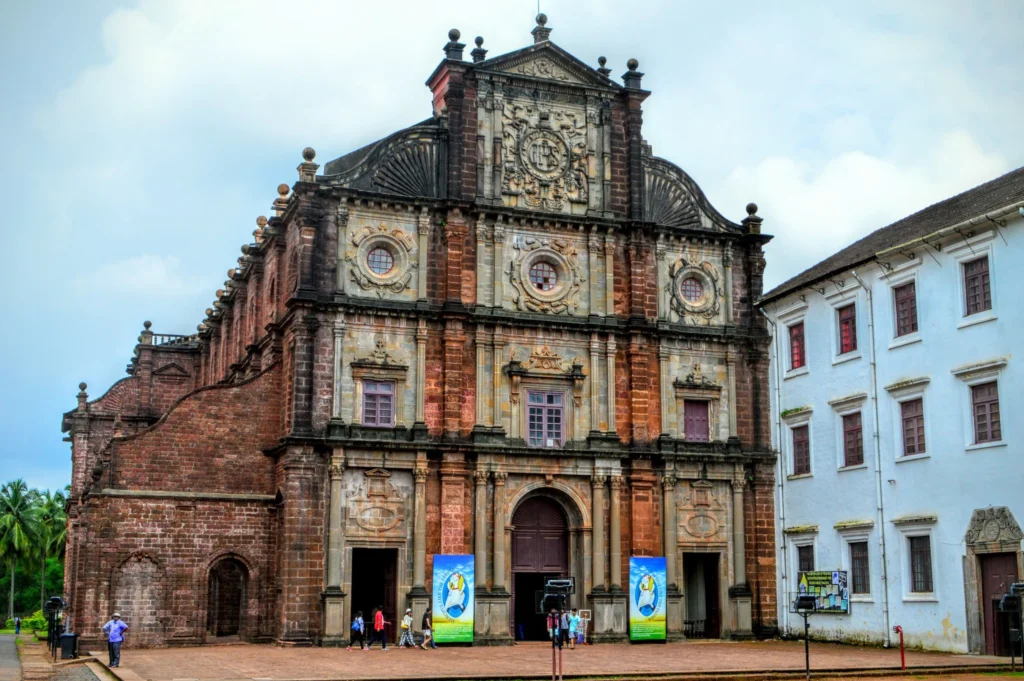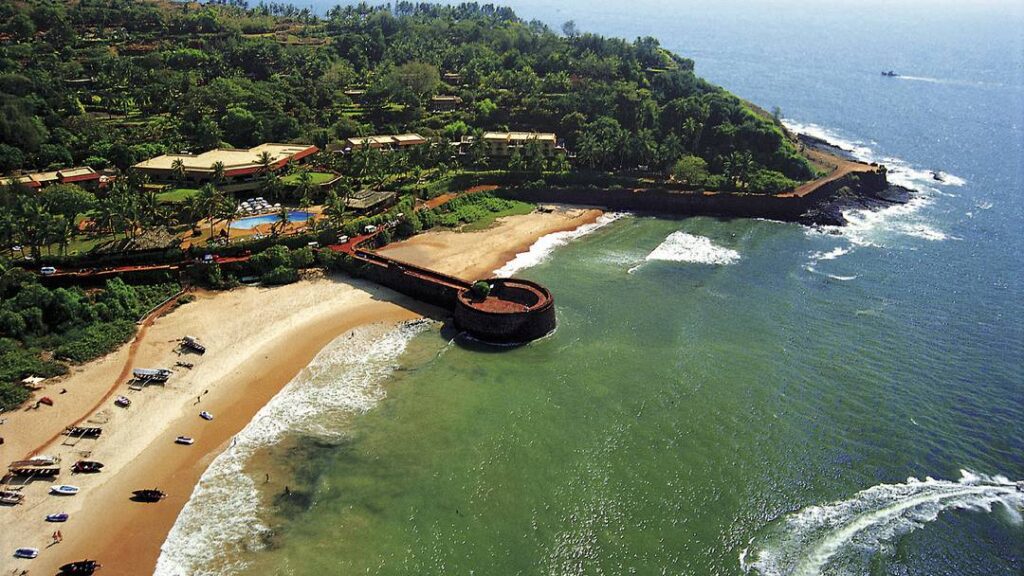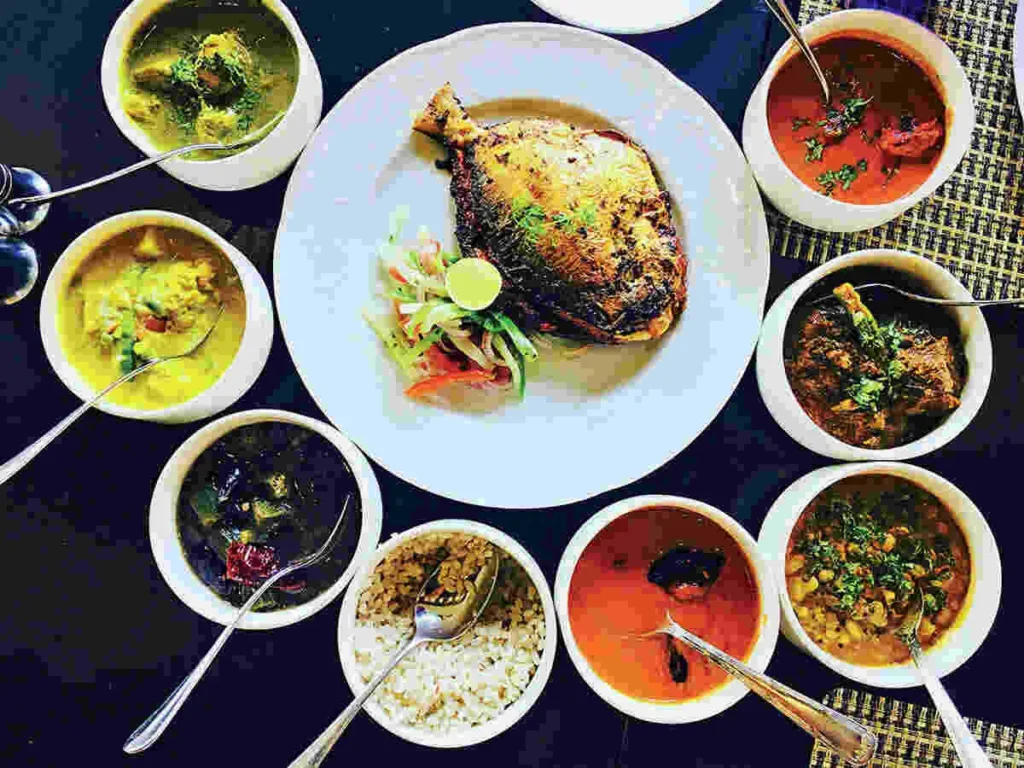Introduction:
Explore Delhi, the lively heart of India! Picture colorful streets, steeped in history, and a blend of diverse cultures. Delhi invites you to witness its dynamic changes. Whether you’re a solo traveler, a family looking for closer bonds, or a food enthusiast, Delhi promises a once-in-a-lifetime experience. Come and discover the charm of this unique city!
How to Reach:
By air:
The Indira Gandhi International Airport hosts both national and international flights.
As soon as you arrive, taxis and prepaid cabs are available at your convenience. Additionally, you can also use a car service-modeled app like Uber or Ola to smoothly connect with local transportation for the final leg of your journey.
By train:
Delhi is connected by rail to all parts of the subhma majority of India by its comprehensive system that includes various major junctions such as New Delhi Railway Station, Old Delhi Railway Station, and Hazrat Nizamuddin Railway Station. Some people might prefer railway travel over air transport.
By road:
Delhi is linked to neighboring states by the highway system. By bus or your own means of transportation, you can reach there easily from practically any province or region.
Getting Around:
Delhi’s metro is easy to use, cheap, and fast. Need to go a short distance? You’ve got metered taxis, auto-rickshaws, and cycle-rickshaws everywhere. Want a tailored trip? Hire a rental car with a driver.
Planning Ahead: Make your journey smoother by booking transport services in advance, especially from the airport. It’s a great way to dive into Delhi’s vibrant city life without a hitch.
Best Time to Visit:
Winter (October to March):
Delhi’s winter, from October to March, offers pleasant weather with cool temperatures, making it ideal for exploring attractions and enjoying outdoor activities amidst clear skies.
Summer (April to June):
Delhi’s summer, from April to June, brings scorching temperatures exceeding 40°C, prompting many to seek refuge indoors. While outdoor sightseeing may be less favorable, indoor activities provide relief from the heat.
Monsoon (July to September):
During Delhi’s monsoon season, from July to September, occasional showers and thunderstorms provide relief from the summer heat. Despite disruptions, travelers can enjoy the city’s lush greenery and unique experiences like savoring street food in the rain.
Attractions:
Red Fort:
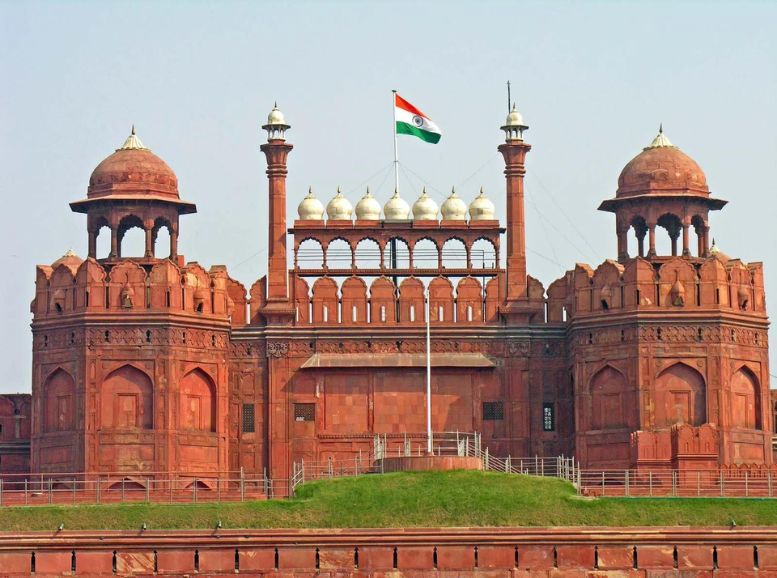

The Red Fort, also known as Lal Qila, stands majestically as a testament to India’s rich history and architectural prowess. This UNESCO World Heritage Site served as the main residence of Mughal emperors for nearly two centuries. Its imposing red sandstone walls, intricate marble carvings, and sprawling gardens evoke a sense of grandeur and splendor from a bygone era, making it a must-visit destination for history enthusiasts and architecture aficionados alike.
Humayun’s Tomb:
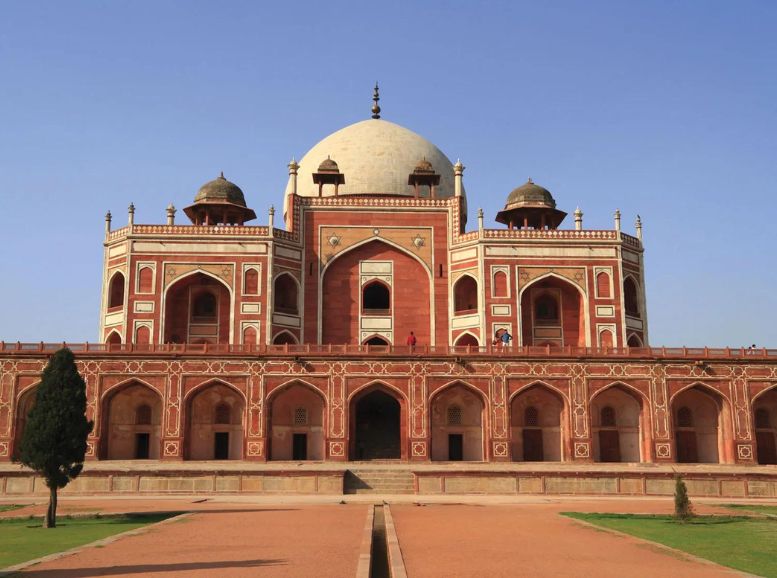

Humayun’s Tomb, a UNESCO World Heritage Site, stands as a masterpiece of Mughal architecture and a fitting tribute to Emperor Humayun’s legacy. Built in the mid-16th century, this mausoleum combines Persian and Indian design elements, featuring a symmetrical layout, intricate lattice work, and lush gardens. Its serene ambiance and elegant domed structure make it a tranquil retreat for contemplation and appreciation of India’s cultural heritage.
Qutub Minar:
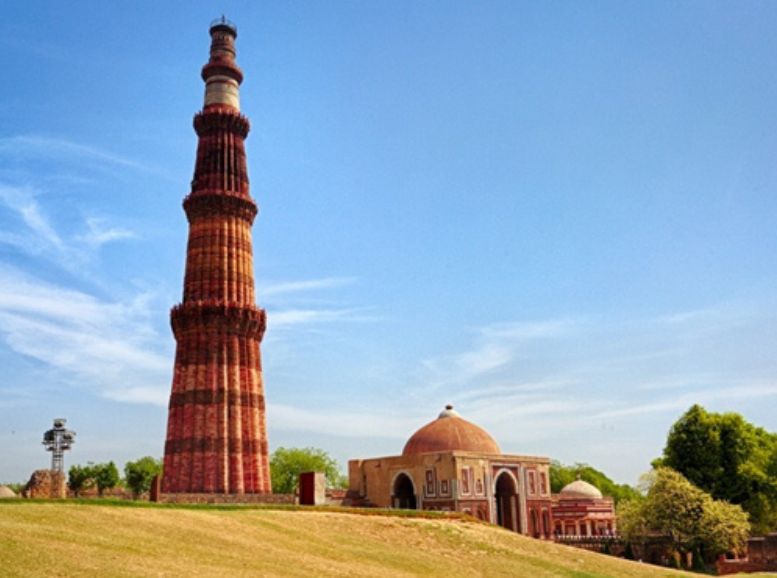

As the tallest brick minaret in the world, Qutub Minar is a towering symbol of Delhi’s rich heritage and cultural significance. This UNESCO World Heritage Site, constructed in the early 13th century, boasts intricate Islamic architecture, including delicate calligraphy and geometric patterns adorning its five distinct storeys. Visitors can marvel at the minaret’s impressive height and explore the surrounding complex, which features ancient ruins, ornate pillars, and the iconic Iron Pillar of Delhi, renowned for its rust-resistant metallurgy.
Chandni Chowk:
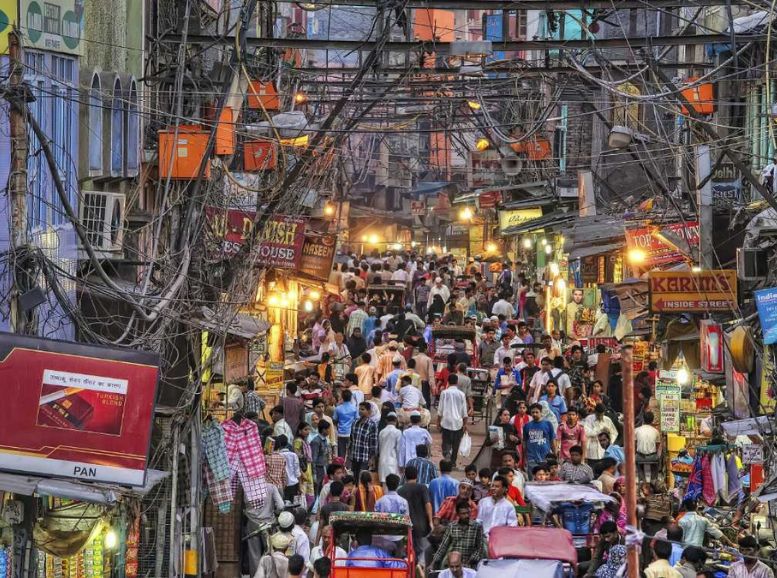

Chandni Chowk, one of Delhi’s oldest and busiest markets, is a vibrant tapestry of sights, sounds, and flavors that encapsulates the city’s rich cultural and culinary heritage. Dating back to the Mughal era, this bustling thoroughfare offers an eclectic mix of shops selling everything from textiles and jewelry to spices and street food. Visitors can navigate through narrow lanes lined with historic havelis (mansions), ornate temples, and bustling bazaars, immersing themselves in the chaotic yet charming ambiance of Old Delhi’s vibrant marketplace.
Akshardham Temple:
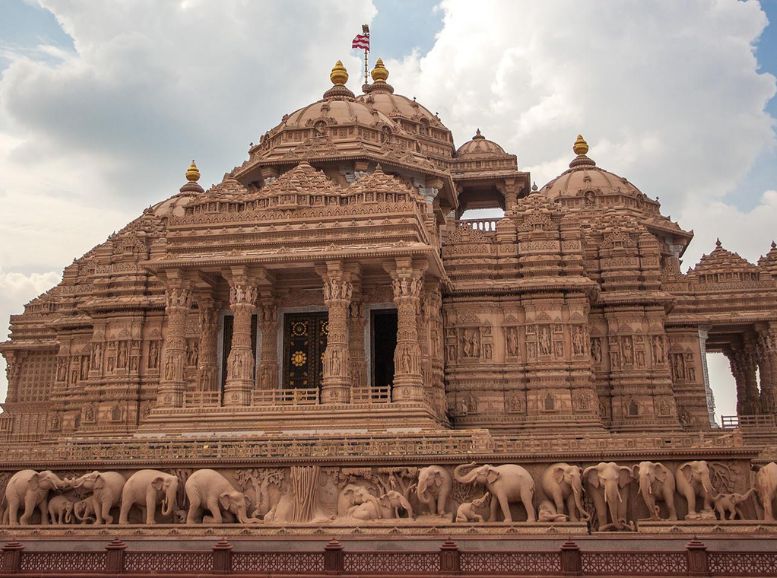

Akshardham Temple, a sprawling Hindu temple complex, captivates visitors with its breathtaking architecture, intricate carvings, and spiritual significance. Dedicated to Bhagwan Swaminarayan, this marvel of modern temple construction showcases a blend of ancient Indian artistry and modern technology. From its intricately carved stone pillars to its majestic central monument, the Akshardham Temple offers a journey through India’s cultural and spiritual heritage, complete with captivating exhibitions, musical fountain shows, and lush gardens, providing visitors with a transcendent experience of divine beauty and devotion.
Jama Masjid:
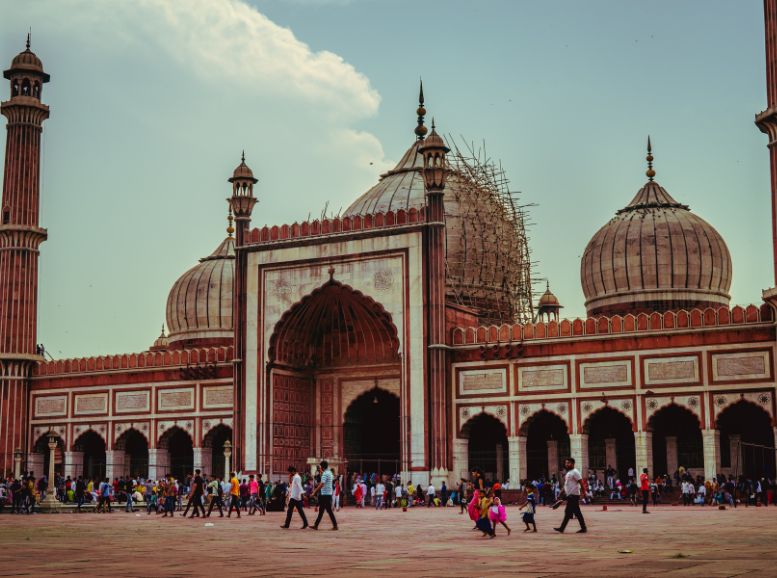

Jama Masjid, one of India’s largest mosques, embodies the grandeur of Mughal architecture and Islamic culture. Completed in 1656, this architectural marvel boasts intricate marble domes, towering minarets, and a vast courtyard capable of accommodating thousands of worshippers. Its imposing red sandstone facade and panoramic views of Old Delhi make it a must-visit destination for those seeking to immerse themselves in the city’s rich history and religious heritage.
Lotus Temple:
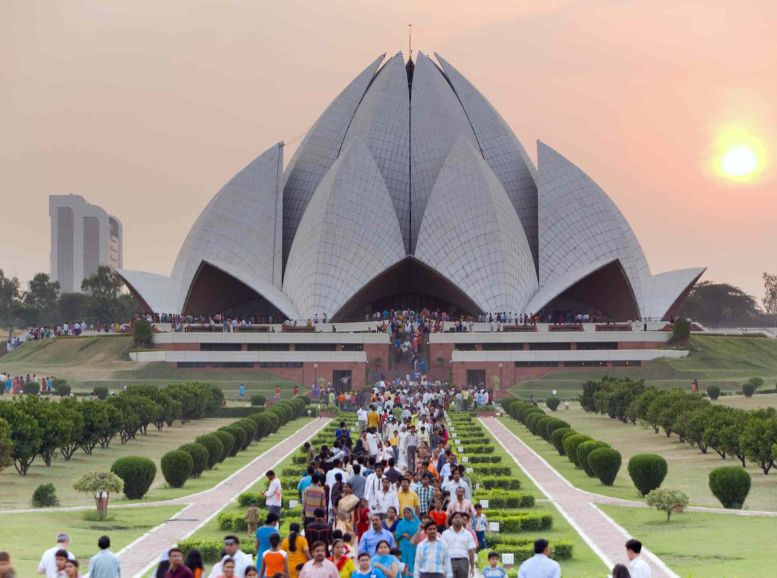

The Lotus Temple, a distinctive architectural marvel, is a Bahá’í House of Worship renowned for its striking lotus flower-like structure. Set amidst lush gardens and tranquil ponds, this modern masterpiece invites visitors of all faiths to experience its serene ambiance and participate in silent prayers or meditation. The temple’s awe-inspiring design, characterized by 27 marble-clad “petals” arranged in perfect symmetry, symbolizes purity, peace, and unity among humanity, making it a spiritual haven and architectural gem in the heart of Delhi.
India Gate:
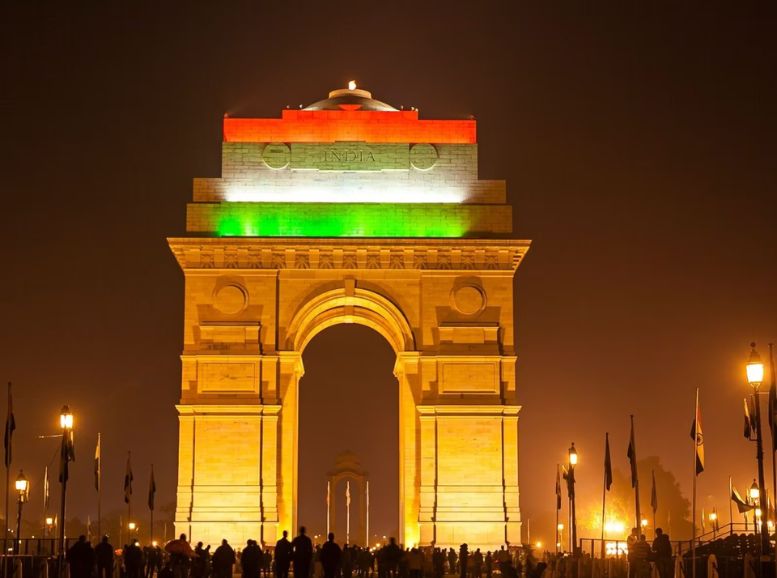

India Gate stands as a solemn monument honoring the valor and sacrifice of Indian soldiers who perished in World War I and other conflicts. Designed by Sir Edwin Lutyens, this iconic structure evokes a sense of national pride and unity, with its towering arch and eternal flame symbolizing the country’s eternal gratitude to its fallen heroes. Surrounding lawns provide a serene space for reflection and picnics, making it a popular destination for both locals and tourists.
Rashtrapati Bhavan:
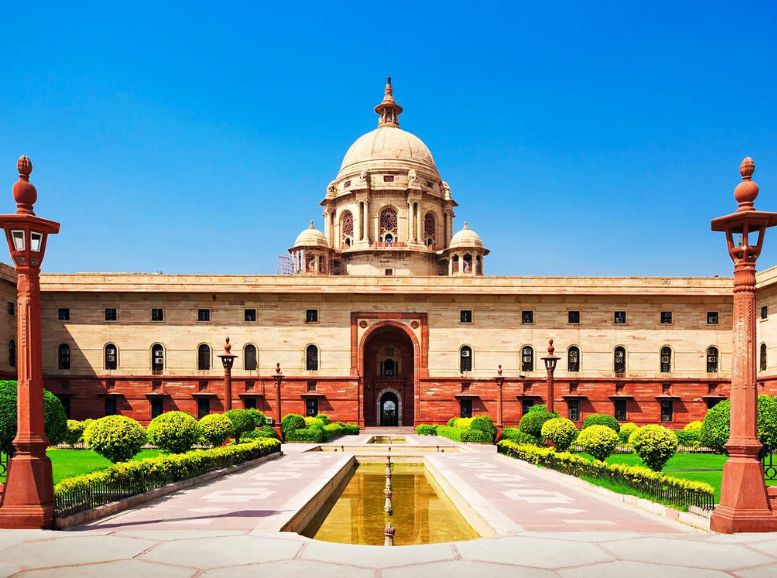

Rashtrapati Bhavan, the official residence of the President of India, stands as an architectural masterpiece and a symbol of the nation’s democratic values and governance. Designed by Sir Edwin Lutyens, this imposing structure features a blend of classical and Indian architectural styles, with its grand dome, intricate carvings, and expansive Mughal gardens exuding elegance and grandeur. Visitors can explore the iconic building’s majestic interiors, stroll through its sprawling lawns, and witness the ceremonial Changing of the Guard, offering a glimpse into India’s political heritage and presidential traditions.
Parliament House:
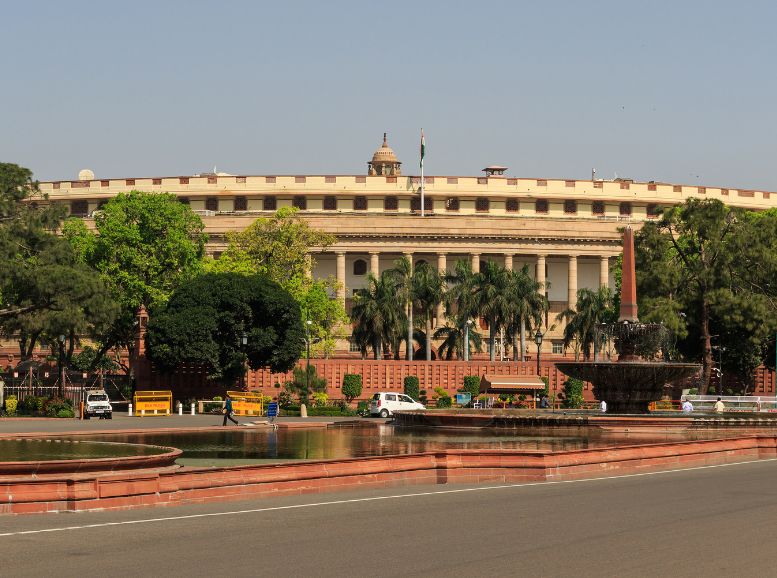

Parliament House, a symbol of India’s democratic governance and political process, showcases the grandeur of British colonial architecture blended with Indian motifs and symbolism. Designed by Sir Edwin Lutyens and Herbert Baker, this iconic structure houses the Lok Sabha (House of the People) and the Rajya Sabha (Council of States), where India’s lawmakers convene to debate and legislate. With its imposing central dome, colonnaded halls, and lush lawns, Parliament House offers a glimpse into the country’s legislative proceedings and political history, making it a significant landmark in the heart of Delhi’s administrative district.
National Museum:
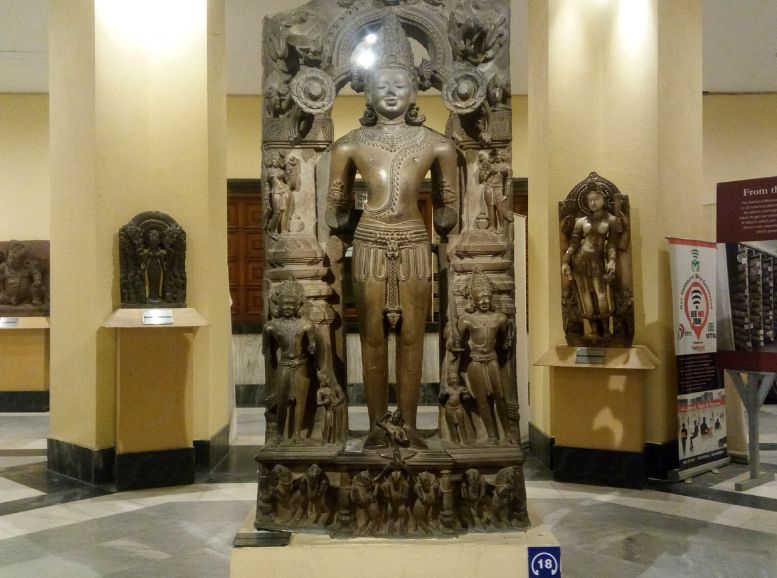

The National Museum, India’s premier cultural institution, houses a vast and diverse collection of artifacts, artworks, and archaeological treasures spanning the country’s rich history and cultural heritage. From ancient sculptures and artifacts dating back thousands of years to exquisite paintings, textiles, and decorative arts from various periods and regions, the museum offers a comprehensive overview of India’s artistic, religious, and historical traditions. With its engaging exhibitions, educational programs, and research facilities, the National Museum serves as a vital resource for scholars, students, and art enthusiasts, fostering a deeper appreciation and understanding of India’s multifaceted heritage and legacy.
Dilli Haat:
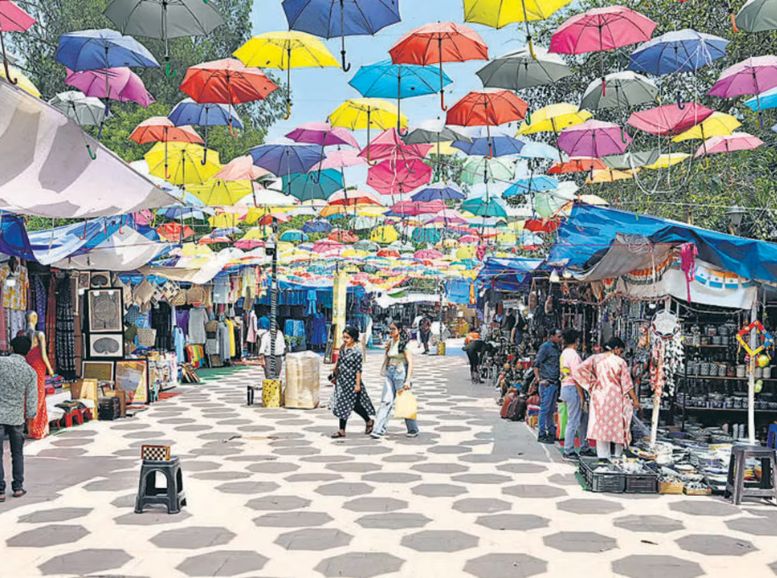

Dilli Haat, a unique cultural bazaar, provides a colorful showcase of India’s diverse handicrafts, cuisines, and performing arts from different states and regions across the country. Featuring a vibrant mix of stalls selling traditional handcrafted goods, textiles, and artifacts, as well as a variety of food stalls offering regional delicacies and street food delights, Dilli Haat offers visitors a sensory feast and an opportunity to experience the rich tapestry of India’s cultural heritage in one lively marketplace.
Gurudwara Bangla Sahib:
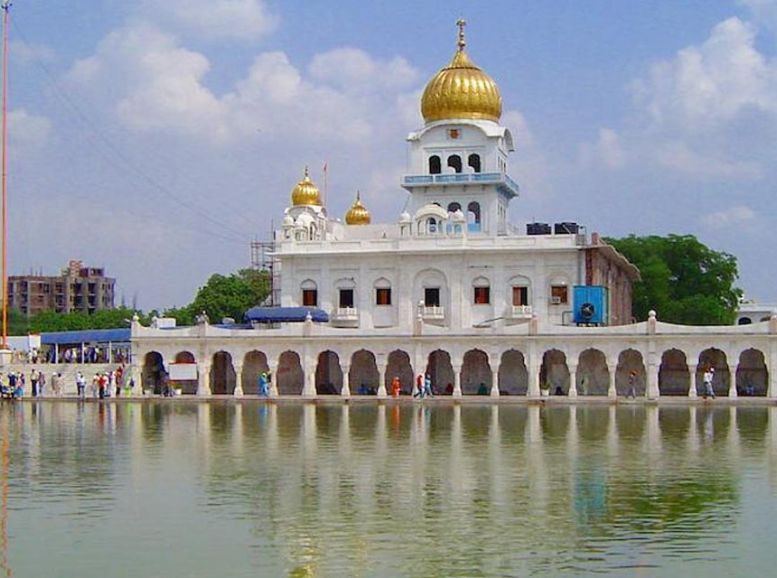

Gurudwara Bangla Sahib, one of the most prominent Sikh gurdwaras in Delhi, radiates a serene and spiritual atmosphere, welcoming visitors of all faiths with its tranquil ambiance and sacred traditions. Built in honor of Guru Har Krishan, the eighth Sikh Guru, this iconic landmark features a shimmering gold dome, a serene sarovar (holy tank), and a langar hall where free meals are served to all visitors irrespective of their background, embodying the Sikh principles of equality, compassion, and community service.
Jantar Mantar:
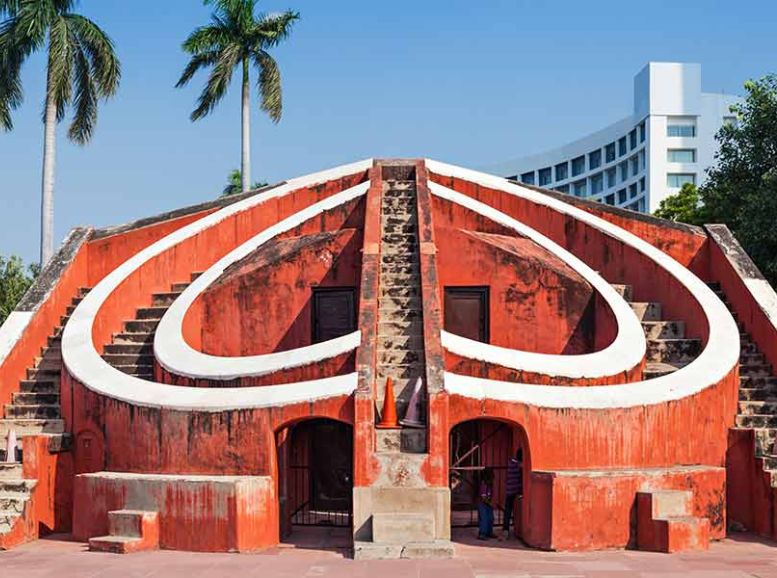

Jantar Mantar, an ancient astronomical observatory built by Maharaja Jai Singh II in the 18th century, stands as a testament to India’s rich scientific heritage and astronomical prowess. Featuring a collection of massive stone instruments designed to measure time, track celestial movements, and predict eclipses with remarkable precision, Jantar Mantar offers visitors a fascinating glimpse into the ancient Indian astronomers’ advanced knowledge and technological ingenuity.
Hauz Khas Village:
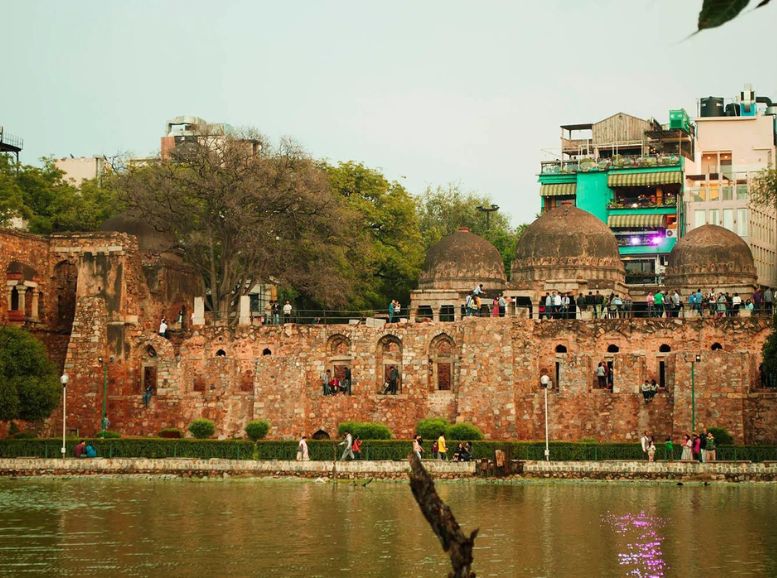

Hauz Khas Village, a trendy neighborhood nestled amidst historic ruins and lush greenery, exudes a bohemian charm and artistic vibe that attracts hipsters, artists, and urbanites alike. From quirky cafes and chic boutiques to art galleries and alfresco bars, Hauz Khas Village offers a vibrant mix of culture, creativity, and culinary delights, making it a popular destination for leisurely strolls, eclectic shopping, and lively nightlife in Delhi’s cosmopolitan landscape.
National Rail Museum:
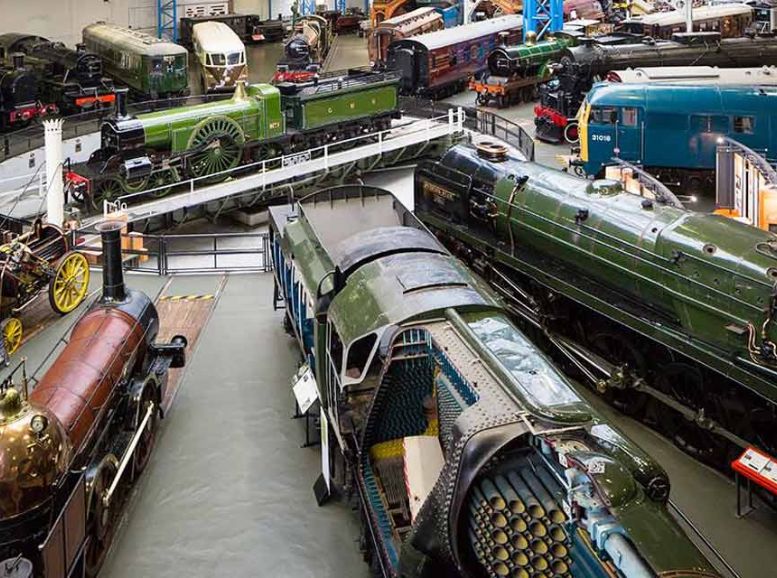

The National Rail Museum provides a fascinating journey through India’s rich railway heritage, showcasing a diverse collection of vintage locomotives, steam engines, and rail memorabilia. Spread across a sprawling campus, visitors can explore historic train coaches, signal equipment, and interactive exhibits highlighting the evolution of Indian railways from its humble beginnings to modern-day marvels. From joyrides on miniature trains to guided tours and informative displays, the museum offers a nostalgic glimpse into the country’s rail history and technological advancements, delighting railway enthusiasts of all ages.
Nehru Planetarium:
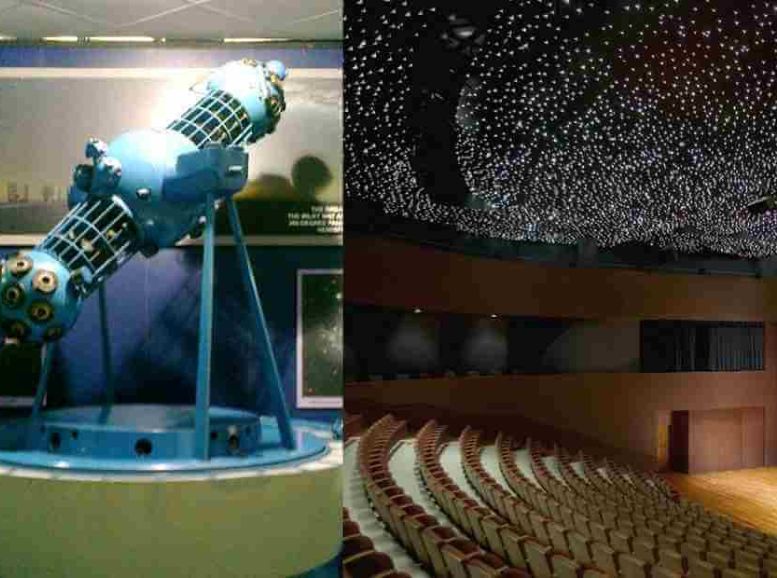

The Nehru Planetarium offers a captivating exploration of astronomy and space science through engaging multimedia presentations, interactive exhibits, and stargazing sessions. Named after India’s first Prime Minister, Jawaharlal Nehru, this iconic institution aims to inspire curiosity and foster scientific temper among visitors of all ages. From fascinating shows on celestial phenomena and cosmic mysteries to hands-on workshops and telescope observations, the planetarium provides an educational and entertaining experience that ignites a sense of wonder and discovery about the universe we inhabit.
Delhi Zoo (National Zoological Park):
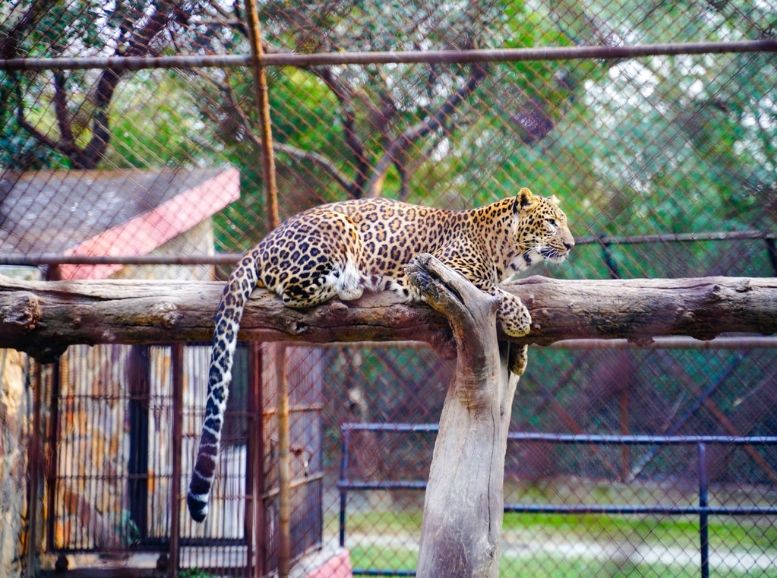

The Delhi Zoo, also known as the National Zoological Park, is a sprawling sanctuary for wildlife enthusiasts and nature lovers, housing a diverse collection of exotic animals, birds, and reptiles from around the world. Spread across vast acres of lush greenery, visitors can encounter majestic lions, playful elephants, graceful giraffes, and myriad bird species in naturalistic habitats. With its conservation efforts, breeding programs, and educational initiatives, the zoo offers a valuable opportunity to raise awareness about wildlife conservation and biodiversity conservation, making it a popular destination for family outings and educational excursions.
ISKCON Temple:
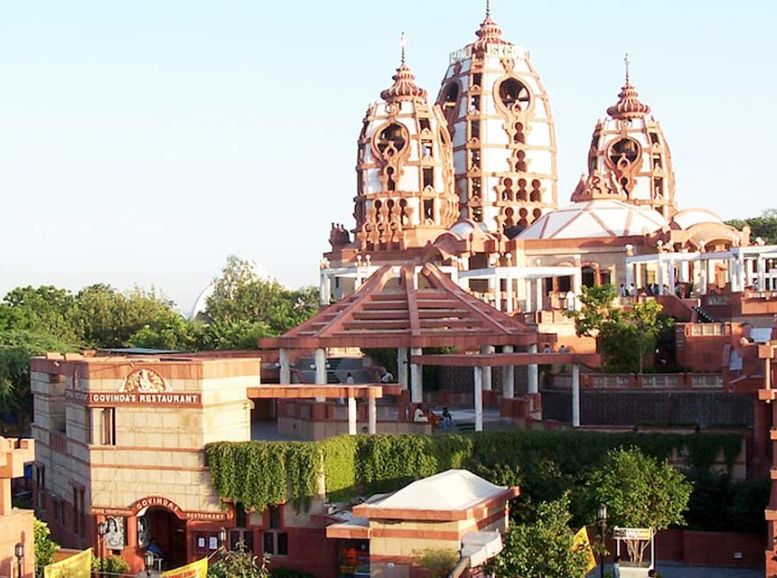

The ISKCON (International Society for Krishna Consciousness) Temple, also known as the Sri Sri Radha Parthasarathi Mandir, is a serene sanctuary dedicated to Lord Krishna and his teachings of devotion and spiritual enlightenment. With its majestic marble architecture, ornate altars, and tranquil gardens, the temple offers a serene retreat for devotees and visitors seeking solace and spiritual rejuvenation amidst the chaos of urban life. From chanting sessions and devotional music to vegetarian feasts and cultural festivals, the ISKCON Temple provides a holistic experience of peace, piety, and divine grace in the heart of Delhi’s bustling landscape.
National Gallery of Modern Art:
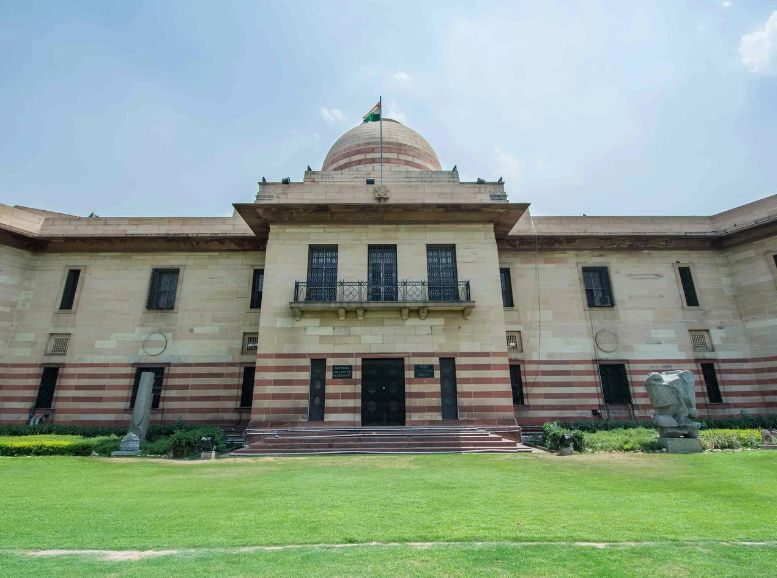

The National Gallery of Modern Art (NGMA) serves as a haven for art enthusiasts, housing an extensive collection of modern and contemporary Indian artworks spanning various genres, styles, and mediums. Located in a majestic heritage building, the museum showcases masterpieces by renowned Indian artists such as Raja Ravi Varma, Amrita Sher-Gil, and MF Husain, offering a comprehensive overview of India’s vibrant artistic heritage and cultural evolution. From vibrant paintings and sculptures to avant-garde installations and multimedia exhibits, NGMA provides a stimulating cultural experience that celebrates creativity, innovation, and artistic expression.
Local Experiences:
Street Food Tour in Chandni Chowk: Embark on a culinary adventure through the bustling lanes of Chandni Chowk, sampling delectable treats like spicy chaat, crispy samosas, and mouthwatering jalebis.
Rickshaw Ride in Old Delhi: Hop on a traditional cycle rickshaw and traverse the narrow alleys and bustling streets of Old Delhi, soaking in the sights, sounds, and smells of this vibrant neighborhood.
Heritage Walk in Mehrauli Archaeological Park: Explore the ancient ruins and hidden treasures of Mehrauli Archaeological Park on a guided heritage walk, unraveling the mysteries of Delhi’s storied past.
Yoga Session in Lodhi Gardens: Rejuvenate your mind, body, and soul with a serene yoga session amidst the tranquil surroundings of Lodhi Gardens, a verdant oasis in the heart of Delhi.
Sufi Qawwali Night at Nizamuddin Dargah: Immerse yourself in the soul-stirring melodies of Sufi Qawwali music at the iconic Nizamuddin Dargah, where mystical saints and devotees gather to celebrate the divine through music and poetry.
Dusk Boat Ride on Yamuna River: Set sail on a serene boat ride along the tranquil waters of the Yamuna River as the sun sets over the Delhi skyline, painting the sky in hues of orange and pink.
Food Delights:
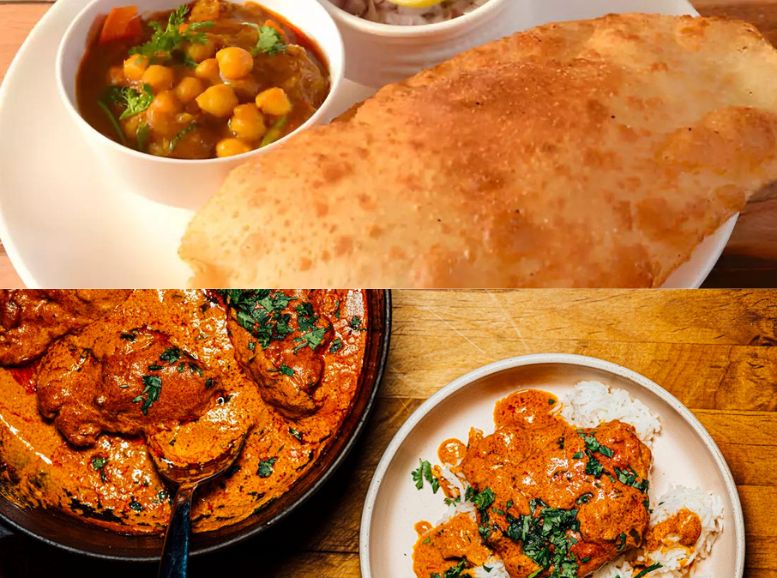

- Chole Bhature: Indulge in the iconic North Indian dish of chole (spicy chickpea curry) served with fluffy bhature (fried bread), a hearty and flavorful combination that is a favorite among locals and visitors alike.
- Butter Chicken: Savor the rich and creamy flavors of butter chicken, a classic Punjabi dish featuring tender chicken pieces cooked in a luscious tomato-based gravy enriched with butter, cream, and aromatic spices.
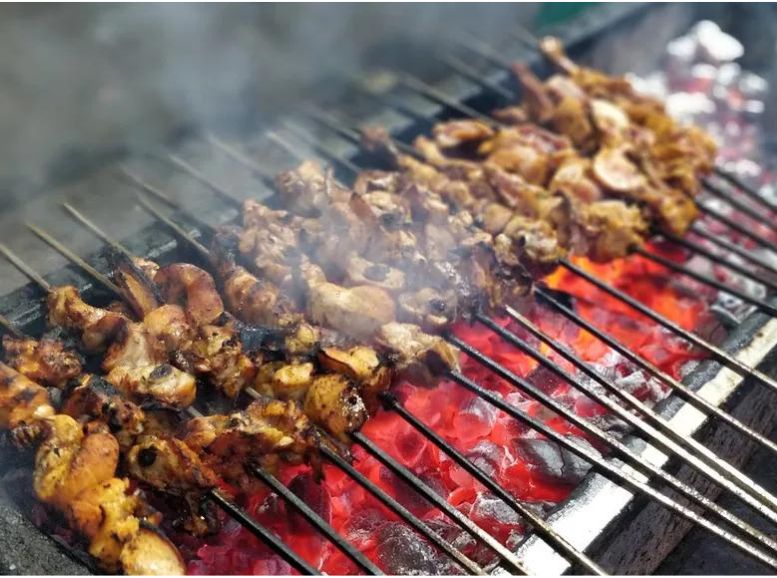

- Kebabs at Karim’s: Indulge in the melt-in-your-mouth goodness of succulent kebabs at Karim’s, a legendary eatery in Old Delhi known for its fragrant and flavorful skewers of marinated meats, including seekh kebabs, shammi kebabs, and tandoori delicacies.
- Street Food at Chandni Chowk: Embark on a culinary adventure through the bustling streets of Chandni Chowk and sample an array of street food delights such as golgappas (crispy hollow shells filled with spicy tamarind water), aloo chaat (spicy potato snack), and dahi bhalla (soft lentil dumplings topped with yogurt and chutneys).
Must-Try Local Experiences:
Immerse yourself in the flavors of India by signing up for a cooking class to master the art of Indian cuisine. Enhance your cultural experience with a traditional mehendi (henna) session, where skilled artists adorn your hands with intricate designs. Get into the rhythm of Bollywood by attending a vibrant dance workshop, where you’ll learn energetic moves and experience the joyous spirit of Indian entertainment firsthand.
Transportation:
Metro Magic: Delhi has a large, great metro system. It links major sites. The system is color-marked and has English signs. It’s easy for tourists to use and helps get around the city.
The Joy of Taxis: Taxis are always there for you. You can call for one or use an app. Make sure you choose a known service. It ensures a safe, easy ride as you explore Delhi’s unique corners.
Auto-Rickshaw Ride: Get the real Delhi feeling with an auto-rickshaw. It’s best for short distances. Agree on a price before you start to get a good deal.
Public Bus Journey: The bus network in Delhi is broad and budget-friendly. It can be full and confusing for beginners due to some busy routes.
Safety Considerations:
- Be vigilant and attentive to your surroundings, particularly in crowded places.
- Secure your belongings to prevent theft and avoid flaunting valuables in public.
- Opt for reputable transportation options such as licensed taxis or the Delhi Metro.
- Exercise caution to avoid falling victim to tourist scams and only book activities with trusted companies.
- Stay updated on local news, weather forecasts, and travel advisories to stay informed.
- Respect local customs, traditions, and laws to avoid inadvertently causing offense.
Travel Tips:
- Ensure to stay hydrated, particularly in Delhi’s hot and humid weather conditions.
- Dress respectfully, especially when visiting religious sites, to adhere to local customs.
- Utilize reliable transportation options such as the Delhi Metro for convenient travel.
- Be cautious of scams and refrain from purchasing items from unauthorized vendors.
- Keep your belongings secure to prevent any instances of theft or pickpocketing.
- Exercise caution when sampling street food to avoid any potential stomach discomfort.
- Plan your sightseeing itinerary in advance to optimize your time and explore the city efficiently.
- Respect local customs and traditions, especially when visiting places of worship.
- Stay updated on current events and adhere to any safety advisories issued for Delhi.
Conclusion:
As your time in Delhi comes to an end allow the memories to linger like brushstrokes on a canvas. Delhi is more than a destination; it offers an immersive experience—a tapestry of sights, fragrances and sounds that leave a lasting impression on your inner self.
With Xplro by your side as your trusted companion you have discovered the treasures of Red Fort and Qutub Minar wandered through the chaotic yet captivating streets of Chandni Chowk and indulged in the rich flavors of Indias culinary paradise.
However beyond the monuments and delectable cuisine it is Delhis people who truly encapsulate its essence—their genuine warmth, resilience and unmatched hospitality. You have witnessed the citys pulse in the laughter of children flying kites from rooftops and the elderly sharing stories in parks.
As you bid farewell to this metropolis carry with you not only souvenirs but also a piece of its spirit. Your experiences the connections you’ve made and the cultural exchanges you’ve had will enrich your travel memoirs.
Remember that Delhi is one chapter in your global exploration. Share your stories, insights and recommendations with travelers. Let your adventures inspire others to embark on their journey, through this mesmerizing city. Until we reunite on another expedition happy. Keep exploring with Xplro!
FAQs
Is Delhi safe for tourists?
- Delhi is generally safe for tourists, but it’s crucial to remain vigilant against minor crimes.
What is the best time to visit Delhi?
- The ideal time to visit Delhi is from October to March, during the winter season.
What are the must-visit attractions in Delhi?
- Key attractions in Delhi include the Red Fort, Qutub Minar, and Chandni Chowk.
How to get around Delhi?
- Delhi offers various transportation options such as the Metro, buses, and taxis for getting around.
What are the famous street foods to try in Delhi?
- Renowned street foods in Delhi encompass chaat, golgappas, and aloo tikki.
Is it safe to drink tap water in Delhi?
- It’s advisable to avoid tap water in Delhi and opt for bottled water instead.
What are some shopping markets in Delhi?
- Shopping hotspots in Delhi include Connaught Place, Sarojini Nagar, and Janpath.
How to stay safe from pollution in Delhi?
- To minimize pollution exposure, wear masks, and monitor air quality levels.
Are there any cultural etiquettes to follow in Delhi?
- Yes, adhering to cultural norms like dressing modestly at religious sites is essential in Delhi.
What are some day trips from Delhi?
- Day excursions from Delhi encompass destinations like Agra, Jaipur, and Mathura-Vrindavan.
